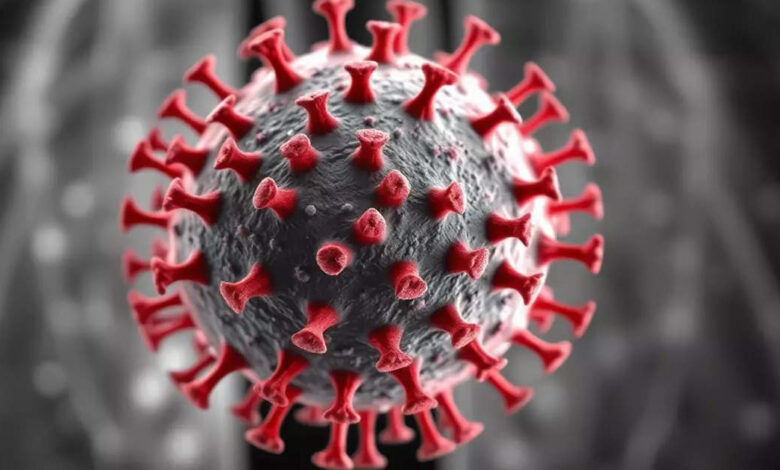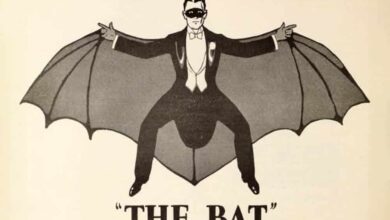hmpv virus in china: Is it safe to travel to China amid HMPV outbreak scare and viral videos? All you need to know

There is one question that is constantly on everyone’s mind: Is it safe to travel to China now?
Read also: FAQ about HMPV in China: Symptoms, treatment, diagnosis and everything else you should know
HMPV cases rise in China
Photos and videos of people wearing masks in hospitals in China have appeared on social media platforms, and local reports said the HMPV outbreak resembles the Covid outbreak five years ago. Not only that, besides HMPV, there are claims of other viruses, including influenza A, Mycoplasma pneumoniae, and even Covid-19, circulating simultaneously.
Online video posts are disturbing. Some even suggest that the current virus outbreak is more complex than just a single strain of the disease. The spread of multiple respiratory infections, including HMPV, has raised alarms, because these viruses share similar symptoms, complicating diagnosis and treatment.Read also: Quadruple Pandemic Threat in US: Mask Mandate Returns as Winter Viruses Surge What Should You Do to Prevent It?
What did China say amid the HMPV outbreak?
China has played down concerns about a flu outbreak, saying it is safe for foreigners to travel to the country. Beijing to address these concerns. Chinese Foreign Ministry spokesman Mao Ning said on Friday that “respiratory infections tend to peak during the winter.”
Although videos circulated on social media showing overcrowding in hospitals, Chinese authorities confirmed that the situation does not represent a major health crisis. The Chinese Foreign Ministry said the outbreak was less serious than last year.
“Respiratory infections tend to peak during the winter in the Northern Hemisphere,” Mao Ning, a Chinese Foreign Ministry spokesman, said in response to questions about the spread of influenza A and other respiratory diseases.
She added: “The diseases appear to be less severe and spread on a smaller scale compared to the previous year.” I can assure you that the Chinese government cares about the health of Chinese citizens and foreigners in China. It is safe to travel to China.”
Mao also referred to the guidelines issued by China’s National Disease Control and Prevention Administration for the management of respiratory diseases during the winter.
What is HMPV and what are its symptoms?
HMPV, which was discovered in 2001, belongs to the pneumovirus family, the same family as respiratory syncytial virus (RSV), according to the US Centers for Disease Control and Prevention (CDC). It usually causes upper and lower respiratory infections, with symptoms similar to those of the common cold or influenza.
Read also: Is China facing a new Covid-like epidemic? Here’s everything we know about him so far
HMPV causes flu-like symptoms and can lead to severe respiratory problems, especially among children and vulnerable groups. It is a virus that infects the respiratory system and causes upper and lower respiratory tract infections. However, there is no vaccine developed to prevent this.
The symptoms of HMPV are similar to those of influenza, such as cough, fever, nasal congestion, and shortness of breath. However, in severe cases, the virus can lead to complications such as bronchitis or pneumonia.
Depending on the severity of the condition, the incubation period usually lasts 3 to 7 days and full recovery may take a few more days. HMPV is a contagious disease, which means it can spread through the air as well as through touch. Coughing or sneezing can spread it. The virus remains active on the surface of objects at room temperature, so touching such an object can also lead to infection.
How has India responded to HMPV concerns?
The Union Health Ministry on Friday said it is closely monitoring the outbreak of Human Metapneumovirus (HMPV) in China. The ministry stressed that while China has reported a rise in respiratory diseases, especially HMPV, India has not recorded any unusual rise in winter respiratory diseases.
Atul Goel, Director General of Health Services (DGHS) in India, said: “There is widespread news about the outbreak of Human Metapneumovirus (HMPV) in China. However, we have analyzed the data of respiratory outbreaks in the country.” [India]There is no significant increase in the December 2024 data nor any widespread cases reported from our institutions. There is no reason to worry about the current situation.”
Goel added that Indian hospitals are equipped with sufficient supplies and beds to cope with the usual seasonal increase in respiratory infections. He advised the public to follow standard precautions, such as avoiding close contact if symptoms such as a cough or cold appear, to prevent transmission.
Reports from China have suggested that Human Metapneumovirus (HMPV) could be behind the spike in infections. However, the Chinese authorities and the World Health Organization have not declared any emergency.
Source link




